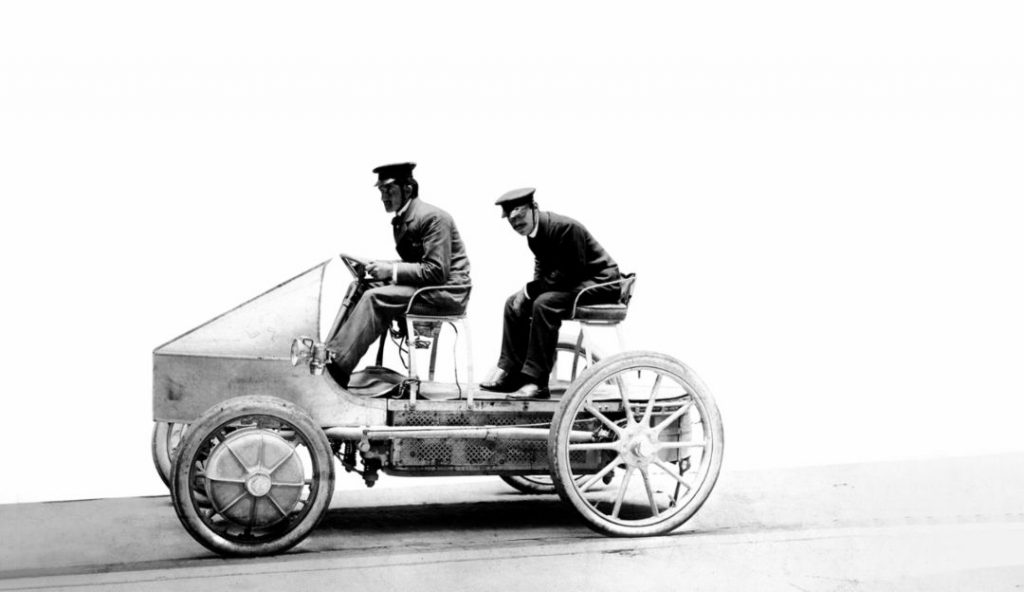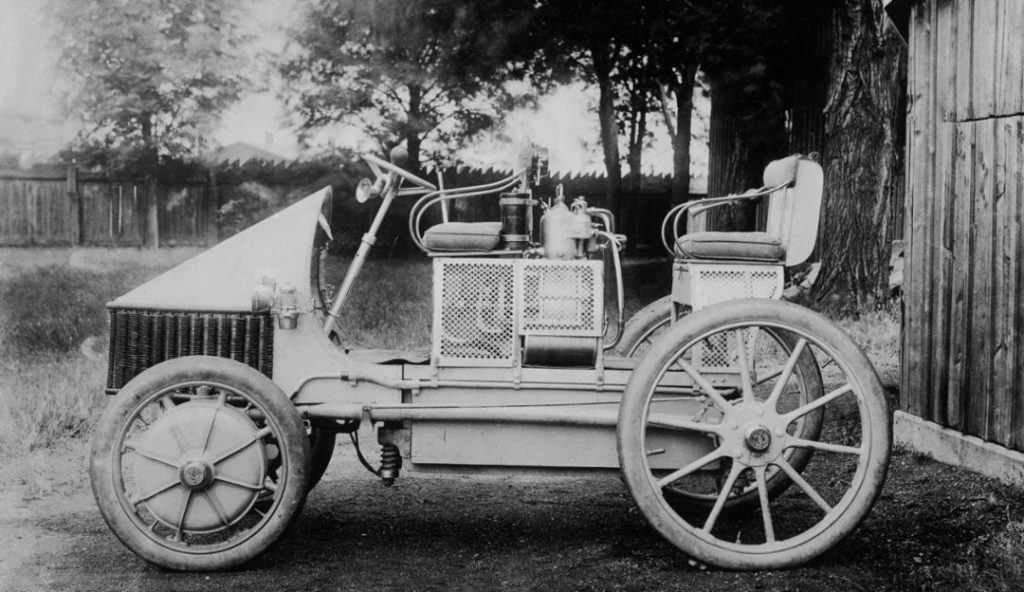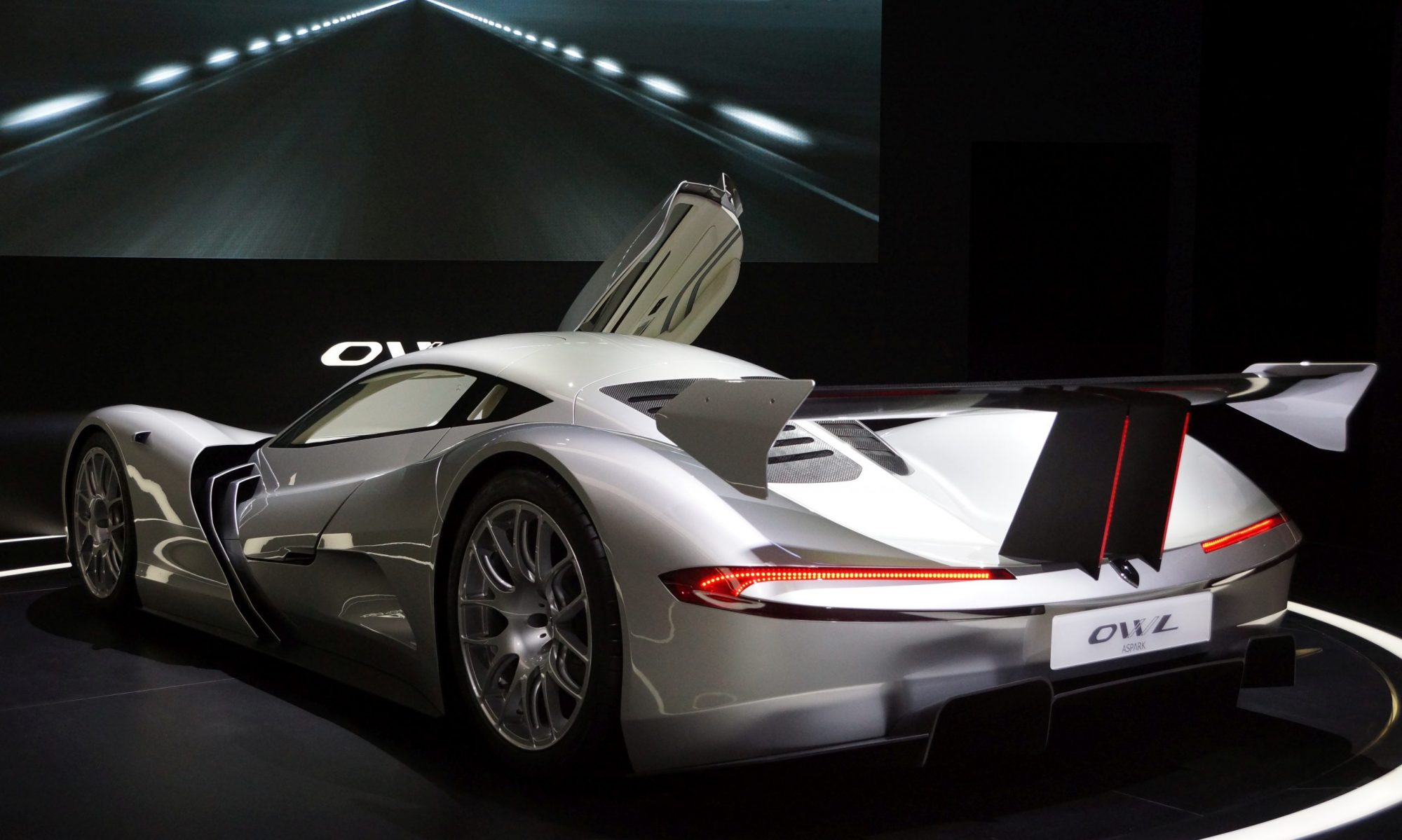Uddrag fra Porsches egen medie portal, Newsroom

Ferdinand Porsche, later the founder of the company of the same name, was fascinated by electricity even as a teenager. As early as 1893, the 18-year-old installed an electric lighting system in his parents’ house. In the same year Porsche joined Vereinigte Elektrizitäts-AG Béla Egger in Vienna. After four years there, he progressed from mechanic to head of the testing department. The first vehicles he designed also had electric drives — so the history of Porsche begins with the electric drive.
In 1898, Ferdinand Porsche designed the Egger-Lohner C.2 Phaeton. The vehicle was powered by an octagonal electric motor, and with three to five PS it reached a top speed of 25 km/h. In 1899, Porsche joined the carriage maker in Vienna, k.u.k. Hofwagenfabrik Ludwig Lohner & Co.
There he developed the electric wheel hub motor. In 1900, the first Lohner-Porsche Electromobile with this innovation was presented at the Expo in Paris. With 2 x 2.5 PS it reached a top speed of 37 km/h. Lohner’s reason for a vehicle with an electric motor sounds as topical today as it did then, especially in relation to the era of mass motorisation: the air was “ruthlessly spoiled by the large number of petrol engines in use”.

Also in 1900, Porsche designed the world’s first functional hybrid car, the “Semper Vivus” (Latin for “always alive”). The technology, marketed as the Lohner-Porsche system, also had applications beyond the sphere of electric vehicles. Porsche extended the car’s range by not using a battery as an energy source, but instead using a combustion engine to drive a generator and thus supply the wheel hub with electrical energy. One year later, the production-ready version was born as the Lohner-Porsche “Mixte”.
However, the Lohner-Porsche also demonstrated why electric mobility has failed over the decades: despite its modest power output, the car weighed almost two tonnes. The lack of infrastructure and the short range put an end to electromobility for a long time.

